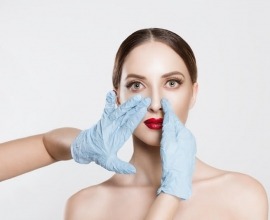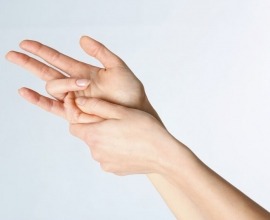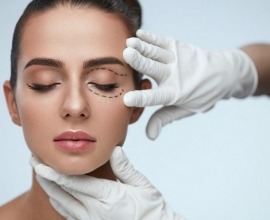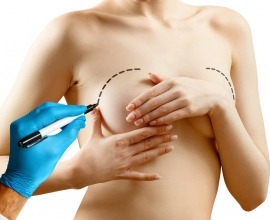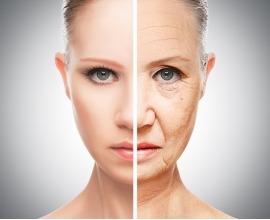Cosmetics in History
By now we are more than familiar with the lengths that people go to in order to look young, fresh and individual. Our conception of beauty seems to be mediated through makeup, skincare and beauty regimes but more recently this list has come to include plastic surgery, too. Procedures such as tummy tucks, liposuction, breast augmentation and more are popular all over the world with patients and medical tourists alike and are available widely. Keeping such procedures in mind it might seem we have come very far with our cosmetic abilities but in this article we take a look at some of the beauty practices throughout ancient history that reveal we are not quite as detached as once thought.
As a matter of the fact many of the great ancient civilisations were as beauty obsessed as we are today. Take for example the Greeks – renowned for their politics, philosophy, art and conception of the human body. Their grand and aesthetic statues show a taste for perfection and their beauty regimes show just the same. Around 4000BC many women and men were using copper and lead ore with a mixture of minerals to colour their skin and tone their complexion. Being a highly social people it is not hard to imagine the value of such things amongst the affluent classes during this period.
When did such practices begin though? Look even further back to 10,000BC and you will find that the ancient Egyptians are the ones most cited for their developments in cosmetics. Theirs was a cosmetics of necessity in which they toned their skin to protect from the harsh sun and wind of the Egyptian desert. From the lower classes to royalty many used scented oils and ointments to treat and soften their skin, developing quickly into a love of homemade beauty elixirs.

From there the trend continues across history and further into the East. In China and Japan, much later around 3000-1500BC the popularity for foundation was formed. Ground rice powder was applied to the skin to whiten the face and some of the first documents of nail painting have discovered from this period, too. Beeswax and gelatin were used to colour the nails by the upper classes so that they could show off their status to the world. This practice did not reach the lower classes for some time, seeing as you could be punished severely and publicly for painting your nails if you were not of the aristocracy.

The list continues as we get closer to civilisation as we know it – from Ox hair wigs to burned almond eyeliner it seems that generations of people have been working on beauty products far longer than we might think. With this in mind, perhaps the cosmetic surgeries we find today are just another logical step in the history of beauty and social appearances.
Sources:
http://www.cosmeticsinfo.org/Ancient-history-cosmetics
http://www.tribunesandtriumphs.org/roman-clothing/roman-make-up.htm
http://health.howstuffworks.com/skin-care/beauty/skin-and-makeup/5-ancient-egyptian-cosmetics.htm
http://traditions.cultural-china.com/en/15Traditions5187.html



